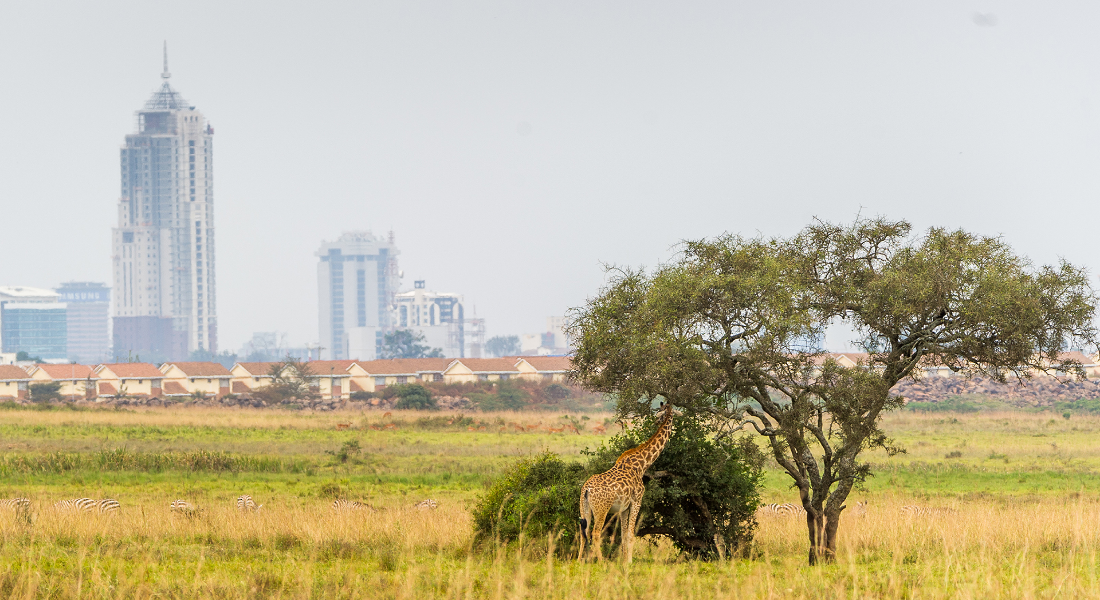
Amendments to the Intellectual Property act in Kenya
The Authorities of Kenya have published, on April 10th 2018, The Statue Law (Miscellaneous Amendments) Bill, 2018, a legislation for the amendments of several laws, in which the Industrial Property Act, 2001 (No. 3 of 2001), the Copyright Act, 2001 (No. 12 of 2001), the Anti-Counterfeit Act, 2008 (No. 13 of 2008) and the Protection of Traditional Knowledge and Cultural Expressions Act, 2016 (No. 33 of 2016) are included.
Apart from the controversial amendments to the Anti-Counterfeit Act, 2008 (No. 13 of 2008), involving, amongst others, the substitution of the Anti-Counterfeit “Agency” (ACA) to “Authority” and the fact that it is now mandatory to record Intellectual Property rights at the customs, the amendments to the laws regarding Intellectual Property have been well accepted.
On what regards the amendments to the Industrial Property Act, 2001 (No. 3 of 2001), it is possible to point out some relevant modifications which will be furtherly analysed.
To begin with, there is an obvious concern to align the definitions of the Act with those from the Constitution.
Kenyan Constitution has the reputation of being one of the best globally in what refers the protection of Intellectual Property rights. In accordance to article 40 of the Constitution, any citizen should be granted Intellectual Property rights without any discrimination and the state is unable to pass any law that arbitrarily allows the government to compulsory acquire such rights (with the exception of the acquisition of rights for public purposes or in the public interest and in these cases, the state is required to compensate the owner) or to pass any law that limits the owner of enjoying these rights.
For this reason and considering that the Constitution is the supreme law regarding the protection of Intellectual Property rights, the aim to align the definitions of the Industrial Property Act, 2001 with those from the Constitution was a target met.
On a second note, the new law also determines the substitution of “ARIPO Protocol” to “Harare Protocol”, which means the protocol on patents and industrial designs adopted at Harare on 10th December 1982. In fact, the African Intellectual Property Organization (ARIPO) comprises two different protocols, specifically the Harare Protocol on Patents and Industrial Designs and the Banjul Protocol on Marks, both within the framework of the African Regional Industrial Property Organization. Kenya, however, is only a signatory member of the Harare Protocol, since 24th October 1984.
The amendment of the law was intended to clarify that the only enforceable Protocol in Kenya is the Harare Protocol. For this reason, there is now an express mention to this specific protocol that only affects patents, utility models and industrial designs filed under the same. As per article 59 (1), a “regional application” means an application for a patent, utility model or industrial design filed in accordance with the Harare Protocol and the regulations made thereunder.
Thirdly, patents have also been subject to modifications within the new legal framework of the Statue Law Bill, 2018.

In accordance to the new amendments, the applicant of a patent is required to disclose “the best mode” for carrying out the invention, as the wording of article 34 (5) of the Industrial Property Act should now be read as follows: “The description shall disclose the invention and the best mode for carrying out the invention, in full, clear, concise and exact terms as to enable a person skilled in the art to make, use or evaluate the invention (…)”. Contrarily, the previous wording only mentioned that the description should “(…) disclose the invention and at least one mode for carrying out the invention in such full, clear, concise and exact terms as to enable any person having ordinary skills in the art to make use and to evaluate the invention (…)”.
In what refers the inventions concerning a micro-biological process or the product thereof, which is not available to the public and which cannot be described in the patent application in such a manner as to enable the invention to be carried out by a person skilled in the art, the deposit of the same is now required to be done in a depository institution as prescribed by the regulations. The new wording omits the necessity of the deposit at the date of the filing of the application.
The legal framework of industrial designs was also subject to determinant amendments under the new law.
There is now a new definition for “industrial design”, which means the overall appearance of a product resulting from one or more visual features of the shape, configuration, pattern or ornamentation of a product; the term “product” means anything that is made by hand, tool or machine. Previous to the amendment, the design was defined as the “composition of lines or colours or any three dimensional form, whether or not associated with lines or colours, provided that such composition or form gives a special appearance to a product of industry or handicraft and can serve as a pattern for a product of industry or handicraft”.
There is now an extension to what is unable to be protected as a design and apart from the circumstance where the product serves solely to obtain a technical result, it shall also not be able to be protected as design the product that solely serves methods or principles of manufacture or construction.
In addition, the requirement of novelty has been amended and the new law determines that an “industrial design is new unless it is identical or substantially similar in overall impression to an industrial design that has been disclosed to the public anywhere in the world by publication or use prior to the filing date or, where applicable, the priority date of the application for registration”. Contrarily, the former requirement of novelty determined that a design should “be deemed to be new if it has not been disclosed to the public, anywhere in the world, by publication in tangible form or, in Kenya by use or in any other way, prior to the filing date or, where applicable, the priority date of the application for registration.”
Apart from the designs that are contrary to public order and morality, already previously foreseen, works of sculpture, painting, photography and any other creations that are purely of artistic nature shall also not be able to be registered as industrial designs.
Despite the fact that there have been other amendments to the Industrial Property Act, 2001, the aforementioned changes have been significant in what refers the main definitions of industrial property rights, particularly patents and industrial designs, which purpose appears to be intended to harmonize the concepts determined within the legal framework of the Harare Protocol and other international legislation enforceable in the country.
It is not fair to say that Kenya was in need of background changes regarding intellectual and industrial property, as this is one of the most developed and effective countries in Africa in what refers this matters, however, amendments of this nature are only representative of how well structured the legal system of the country is.
This article was first published in Patent Lawyer Magazine
Lista de Territórios
Não existem resultados para a sua pesquisa.
- África
- África do Sul
- Angola
- Argélia
- Benin
- Botsuana
- Burkina Faso
- Burundi
- Cabo Verde
- Camarões
- Chade
- Comores
- Costa do Marfim
- Djibuti
- Egito
- Eritreia
- Eswatini (Suazilândia)
- Etiópia
- Gabão
- Gâmbia
- Gana
- Guiné
- Guiné-Bissau
- Guiné-Equatorial
- Lesoto
- Libéria
- Libia
- Madagáscar
- Maiote
- Malaui
- Máli
- Marrocos
- Maurícias
- Mauritânia
- Moçambique
- Namíbia
- Níger
- Nigéria
- Quénia
- República Centro-Africana
- República Democrática do Congo
- República do Congo
- Reunião
- Ruanda
- Saara Ocidental
- São Tomé e Principe
- Seicheles
- Senegal
- Serra Leoa
- Somália
- Sudão
- Sudão do Sul
- Tanzânia
- Togo
- Tunísia
- Uganda
- Zâmbia
- Zanzibar
- Zimbábue
- África (OAPI)
- África (ARIPO)
- Mais Territórios
- Macau
- Maldivas
- Portugal
- Timor Leste
- Marca da União Europeia (EUIPO)
- Marca Internacional (Sistema de Madrid)
- Patente Europeia (IEP)
- Tratado de Cooperação em matéria de Patentes (PCT)




